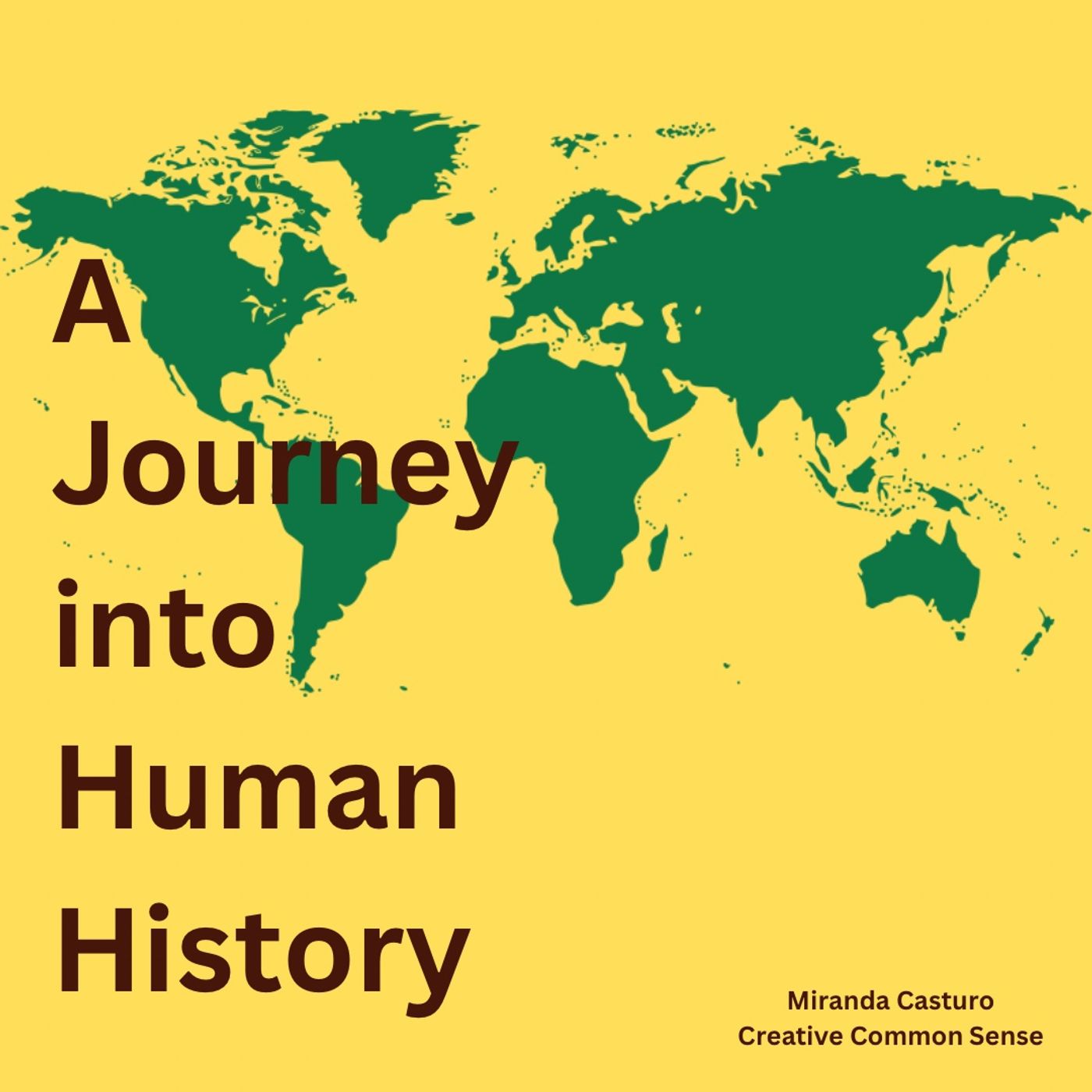Medieval Sub-Saharan Africa
Description
Medieval African kingdoms and polities controlled vast territories, used emerging technologies, and governed populations that were heterogeneous and cosmopolitan. In every kingdom, trade was vital not only to longevity and prosperity, but also to their dynamic cultures. Ghanaian control over trans-Saharan trade in West Africa led to a thriving relationship between Muslim traders and the empire’s rulers, who never converted. After Ghana’s fall, the larger kingdom of Mali emerged, whose mansas converted to Islam.
As an Islamic kingdom, Mali was far better integrated in the wider world of Muslim-dominated trade in Africa and the Near and Middle East than Ghana had been. Through trade, Ghana and Mali’s southern African contemporaries Mapungubwe and Great Zimbabwe likewise connected peoples, places, and cultures thousands of miles distant. As goods and people flowed to and from the central South African interior, the Shona civilization of the Zimbabwean plateau used the wealth it generated to expand its territory and to build medieval Africa’s largest stone structures, many of which stand to this day.
All images referenced in this podcast can be found at https://openstax.org/books/world-history-volume-1/pages/15-2-medieval-sub-saharan-africa
Welcome to A Journey into Human History.
This podcast will attempt to tell the whole human story.
The content contained in this podcast was produced by OpenStax and is licensed under a Creative Commons Attribution License.
Access for free at https://openstax.org/books/world-history-volume-1/pages/1-introduction
Podcast produced by Miranda Casturo as a Creative Common Sense production.
More Episodes
Over the course of the eighteenth century, a series of famines and economic crises deepened wealth inequality and narrowed access to political power on both sides of the Atlantic. As the growing influence of the public sphere and Enlightenment ideas of equality and liberty shaped opposition to...
Published 12/25/23
Published 12/25/23
Over the course of the seventeenth and eighteenth centuries, the public sphere became an increasingly important component in the spread and development of Enlightenment ideas. As networks of informal socialization and intellectual exchange, coffeehouses provided a setting in which people from all...
Published 12/22/23


